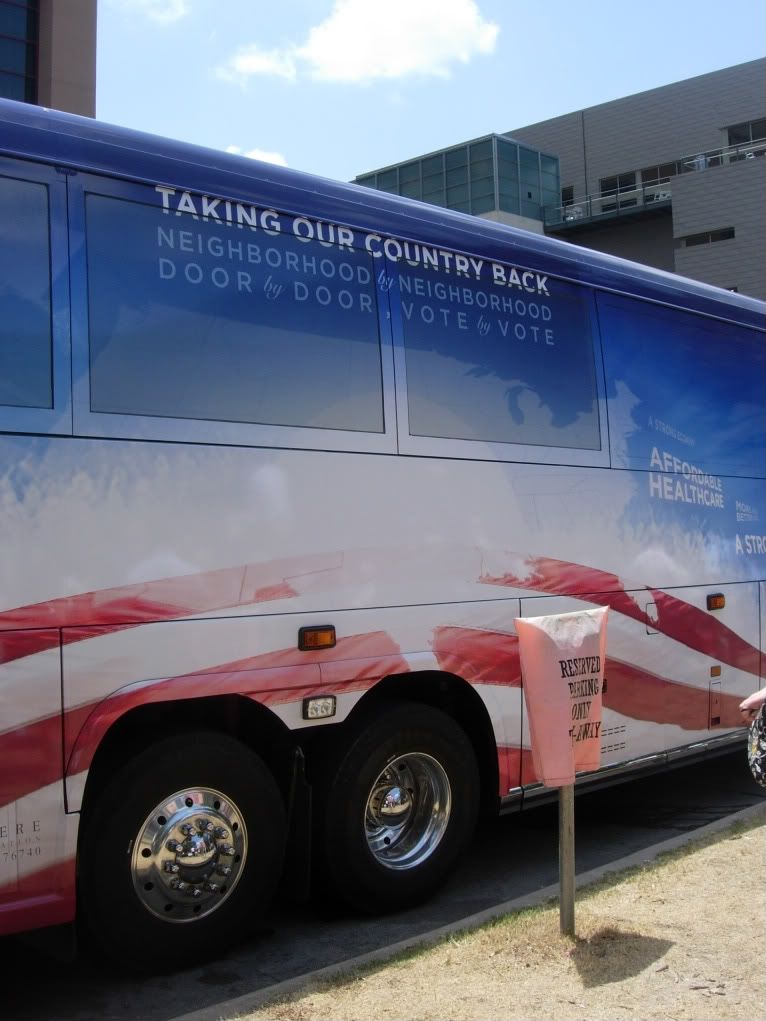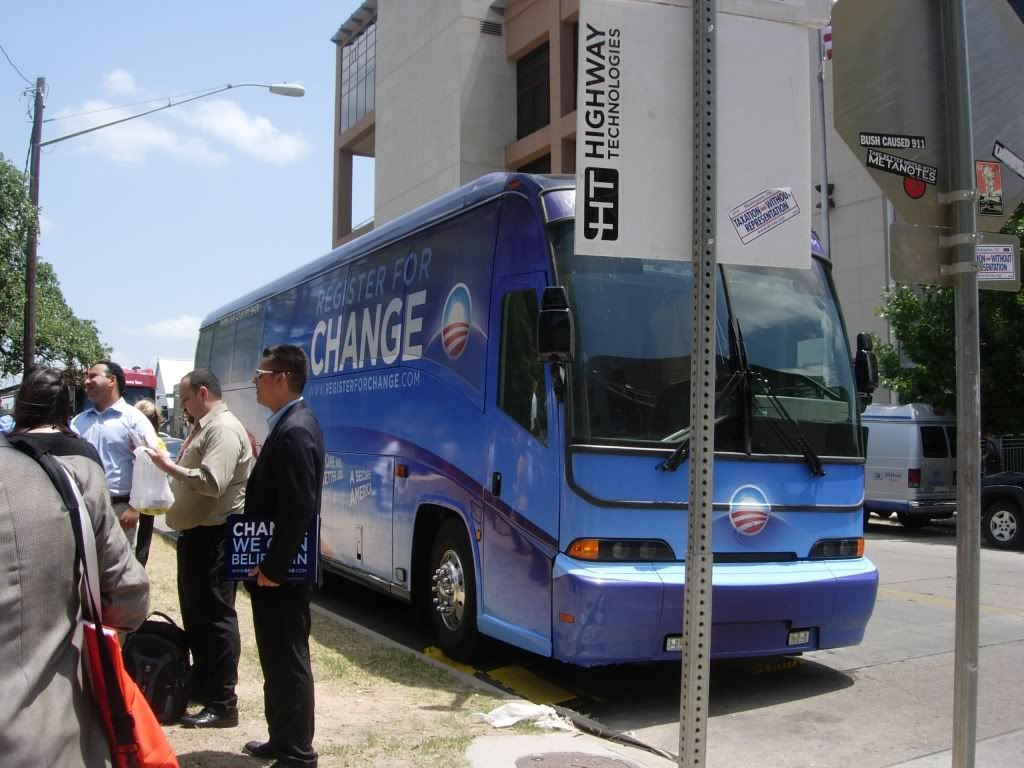Much has been written about how Jane Kim beat San Francisco’s “progressive machine” last week to win the District 6 Supervisor race. But a precinct analysis of the election results tells a far bigger story, and explains how she pulled it off. Just like Howard Dean’s Fifty State Strategy helped Democrats win nationwide, Jane Kim was everywhere – and conceded no part of District 6. Debra Walker carried the North Mission and a few progressive pockets, but racking up margins in some core precincts is not enough when your opponent actively contests every neighborhood. Kim beat Walker in the Tenderloin (where she had a better operation), and easily won the Chinese precincts – but also carried places like Treasure Island and the Western Addition. And as Jane’s field coordinator for condos in Eastern SOMA, I’m very proud she won those precincts by a landslide – as we were the only campaign to show up. These were the Rob Black voters of 2006, but Kim proved that even a progressive can win those neighborhoods – if you bother to talk to them.
The changing demographics of District 6 has been talked about for years. Chris Daly first won the seat with 81% of the vote, but that was before places like Rincon Hill and Mission Bay got thousands of new condos. By 2006, Daly was in trouble. Progressives suddenly had to turn out Tenderloin SRO residents in droves, just to save his re-election.
I was part of that effort four years ago, and it was both physically and emotionally exhausting. We managed to get SRO turnout to match the citywide average in that election (which is incredible), and Daly won. But the map could not have been more polarizing – with Rob Black sweeping the newer SOMA precincts, and Daly winning progressive strongholds.
Back then, a lot of us knew that 2006 was the “final hurrah” for the Chris Daly coalition. If progressives were serious about keeping District 6, they must learn how to round up “more than the usual suspects” – regardless of who the candidate would be. Winning in progressive places like the Tenderloin and North Mission would no longer be enough.
One of the keys to Jane Kim’s success was that the campaign never conceded a single neighborhood — forming a Fifty-Nine Precinct Strategy that met voters in every corner of District 6. Arguably, because she lacked the big progressive institutional endorsements, it was the only way she could win to outmaneuver Debra Walker.
Like Chris Daly, Jane Kim won the Tenderloin – because she had a base of SRO tenants and immigrant families. It takes months of campaigning for a candidate to build trust in that neighborhood, and Kim’s relationship with local community organizers made that possible. Walker campaigned in the Tenderloin, but Kim beat her there by 140 votes.
Of course, Kim’s campaign had a formidable “Chinese team” – whose outreach to the District’s Chinese voters allowed her to rack up huge margins in two SOMA precincts, as well as pad her Tenderloin numbers. But she also had a Pilipino team that organized that community in SOMA, and Russian phone-bankers reached out to its senior population.
As the favorite of progressive institutions like the Bay Guardian, the Labor Council and the SF Democratic Party, Debra Walker had a huge advantage in the North Mission and Western SOMA – where many voters follow the slate-cards. But Kim had a strong field presence there, which kept her losses under control. She won two Mission precincts and tied in a third, while holding Walker’s lead in four Western SOMA precincts down to six votes.
District 6 has the Tenderloin, SOMA and North Mission – but some voters live in pockets that don’t fall into those neighborhoods. Kim campaigned in those areas, such as the Freedom West Homes in the Western Addition. Supervisor Ross Mirkarimi, whose District 5 borders the housing project, took Jane canvassing there one day – and we learned many voters in that precinct mistakenly thought Mirkarimi was their Supervisor. Kim won that precinct, as well as hard-to-reach parts of District 6 like Treasure Island – and house-boats in Mission Bay.
When I agreed to lead the Jane Kim campaign’s volunteer “condo team” for SOMA, I assumed it was to make sure we did not get slaughtered there. After all, these were the Rob Black voters who almost threw out Chris Daly four years ago. With Theresa Sparks getting Downtown money and the Mayor’s endorsement, they would be her natural supporters.
That turned out not to be the case. On the one hand, we were lucky that Sparks did not campaign much. But frankly, Debra Walker’s campaign was invisible in South Beach. And as we knocked on doors in high-rises near the Ballpark and Cal-Train station, we found a surprising level of support. On Election Day, voters at 4th & King told us we were the only campaign they knew about.
Granted, we did get the occasional condo voter who asked questions like “where does Jane stand on sit/lie?” or “how is she going to pay for this?” – and I have no idea if those people ended up voting for her. If asked, we did not pander – we told them the truth, even if it lost us some votes. But we focused on pitching her biography as a Stanford and Berkeley graduate, who is a civil rights attorney. And Jane Kim was the kind of young professional these voters could relate to.
The election results were staggering. In the thirteen precincts that make up South Beach, Mission Bay & Eastern SOMA, Kim won handily with 1,113 votes – followed by 823 votes for Sparks, and 564 for Walker. In the Ranked Choice Voting tabulation, Sparks supporters preferred Kim – and Kim even beat Sparks among the Matt Drake voters.
An important lesson for progressives is not to fear those District 6 condo voters – but to instead set aside your pre-conceived notions, and come to their neighborhood. A lot of them voted for Jane Kim, even if they knew she’s a progressive – because she was there.
Yesterday, the blog Live-SoMa – which covers local neighborhood and political issues – offered its analysis: “While [Jane’s] opposition thinks she won because she’s young, pretty, articulate, and so on (all great qualities to have as a politician), I still think it had more to do with her overall presence throughout the Community. It’s as if she made it her personal mission to hang a flier on every door in District 6, and she certainly tried to shake every hand – moreso than any other Candidate. I even saw her walking down the hall in my building one Sunday Afternoon, and we’re all renters … renters don’t vote!”
On Friday night, after the Ranked Choice Voting tabulation confirmed her the winner, Jane Kim had a party for her supporters – which I attended. “Anyone could have done what we did,” she said, “but it takes a lot of work.”
Campaigning in all 59 precincts is a lot of work. Executing a Fifty-Nine Precinct Strategy is a lot of work. Conceding no neighborhood is a lot of work. But anyone can do it …
Paul Hogarth is the Managing Editor of Beyond Chron, where this piece was first published. He lives and works in San Francisco’s District 6, and considered running himself for the seat this year – before backing out and supporting Jane Kim.




